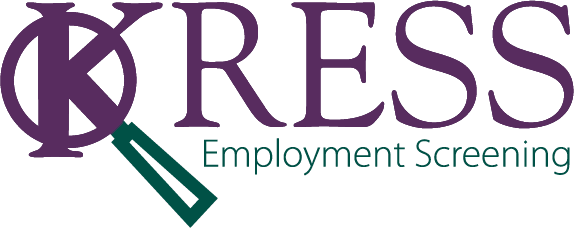Young, new employees aren’t the only ones that need mentorship anymore. Reverse mentoring is often used to teach seasoned and older employees new skills by younger, more tech-savvy employees. This concept of pairing older employees with younger ones can be a way to incorporate additional skill sharing into your company culture, with a focus on educating one another on how the market is changing and new technologies.
While reverse mentoring can be a rewarding program for all parties, the idea can be off-putting for some. That’s why running an effective program from the start is important. Over time, the program will become the norm for employees if it’s run well. Here are a few tips to get you started on creating a successful reverse mentoring program:
- Explain the goal. Don’t announce the program without explaining the reasoning behind it. For most employees, this concept will be completely new. Explaining the research behind the program and its goal will increase buy-in from employees.
- Match carefully. For the mentoring to be valuable, the mentor and mentee need to be matched appropriately. Consider what knowledge one employee can gain from another. Ask mentees and managers what skills are lacking and ask mentors what they think they bring to the table.
- Consider voluntary. Not every new, young employee will be a good mentor—and not everyone wants to be a mentee. Requiring participation can decrease team morale. Instead, consider making the program voluntary and adding incentives.
- Coach mentors. While an employee might have the technical knowledge needed to be a mentor, they may not know how to properly convey their information. Make sure they understand how to add value to their teams and mentor without being condescending. They should also understand that mentees already add value to the company.
- Be clear. Be clear with both mentors and mentees on how the program aligns with the company’s goals, how often meetings should take place, how progress will be measured, and any other requirements.
Want to learn more workplace tips for HR managers? Sign up for our monthly newsletter.



